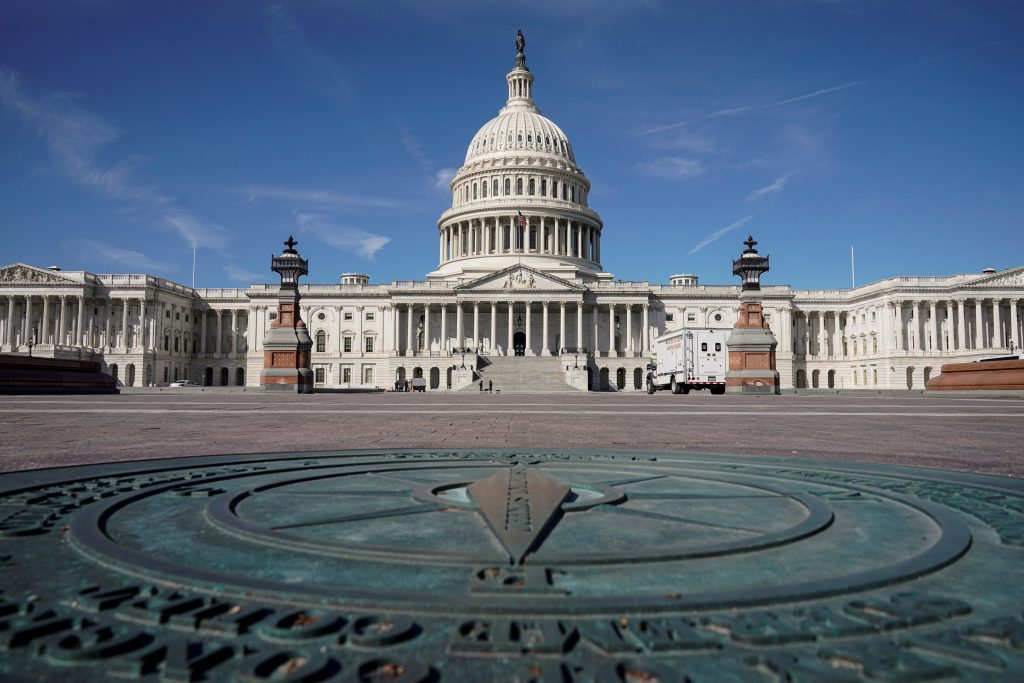New Census Data Expected to Reveal a More Diverse America
New data from the Census Bureau due to be released Thursday will map the scope of that demographic transformation over the last decade. The numbers are expected to show dozens of counties across 18 states, largely in the South and Southwest, that no longer have a majority racial or ethnic group. The non-Hispanic white population is expected to shrink for the first census on record.
The estimates suggest that about 113 million people — a third of all Americans — now live in a plurality county.
The census figures will make plain the impact of expanding diversity: Virtually all population growth in the U.S. is among people of color, groups long viewed as racial or ethnic minorities. But when there is no majority, that label is increasing out of date.
A first batch of census figures released in April showed that U.S. population growth had slowed to a rate not seen since the Great Depression. The numbers released Thursday will offer details on precisely where white, Asian, Black and Hispanic communities grew.
The data being released this week comes more than four months late due to delays caused by the COVID-19 pandemic.
Past census data has shown growth in the U.S. driven by immigration, but that’s only one of the factors now. Over the past decade, new arrivals from overseas slowed and then virtually disappeared during the pandemic. Instead, birth rates are driving the change: Hispanic and Asian women’s share of births has grown this century while it has declined for white women.
Estimates suggest the new numbers may show fewer than half of U.S. residents under 18 are white, while more than three-quarters of those over 65 are white.
The data released this week will be used to redraw congressional and legislative districts, setting off a round of partisan fighting over representation in an increasingly diverse nation. The stakes are particularly high in Texas and Florida, two Republican-led states getting new congressional seats, where growth is being driven in Democratic-leaning urban areas.
Some researchers are not convinced that the decline in white population as defined by the census form is meaningful. Large numbers of Hispanics identify as white, and a growing share of the population has a mixed race and ethnic background.
To that end, the Census Bureau this year decided to forgo using the terms “majority” and “minority” when measuring diversity, saying those words limit its ability “to illustrate the complex racial and ethnic diversity of the U.S. population.” Instead, the agency is using several new measures that show how diverse communities are through an index, a map and a score.
The rise in counties with no majority racial or ethnic group over the past decade took place primarily in counties that are home to some of fastest-growing cities in the nation — Austin, Charlotte, Fort Worth and Tampa. Yet it also was evident in more rural counties that lost population, places like Texas County, Oklahoma.
To Read The Full Story
Are you already a subscriber?
Click "Sign In" to log in!

Become a Web Subscriber
Click “Subscribe” below to begin the process of becoming a new subscriber.

Become a Print + Web Subscriber
Click “Subscribe” below to begin the process of becoming a new subscriber.

Renew Print + Web Subscription
Click “Renew Subscription” below to begin the process of renewing your subscription.





